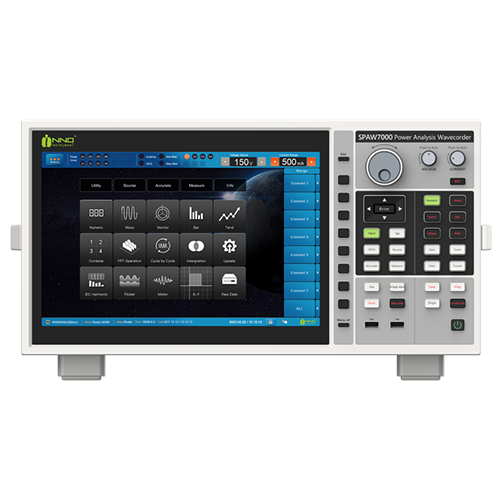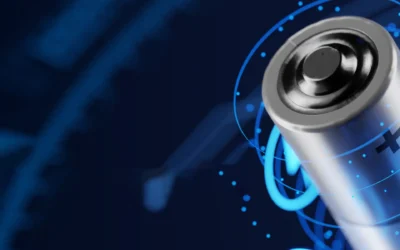Wind Power Converter Testing Solution
As the interface between the generator and the grid, the wind power converter is the core equipment in the wind turbine, and serves as one of the factors that determine the unit’s electrical performance, conversion efficiency and reliability, thus constituting the key and core of the whole wind power generation system. With the increasing capacity of wind turbines, wind power converter of larger capacity will be the future trend. Due to the drastic fluctuation of wind power, the electric and thermal stresses of the wind power converter will change dramatically, threatening the safety and reliability of the converter and interrupting the safe operation of the electrical equipment. As grid-connected wind turbine systems have been increasing, the wind power converter should improve its adaptability to the grid and its handling capability for grid failures so it can meet the grid power quality requirements. Therefore, it is necessary to develop a series of complete and rigorous testing solutions for wind power converters to ensure that their electrical performance, conversion efficiency and stability meet the requirements.
Climate changes including global warming and glacier melting caused by greenhouse over the past few decades are destroying the environment where we live in and threatening the future of humanity. With growing concerns over global climate changes from all over the world, a series of carbon emission reduction programs, including carbon peaking and carbon neutrality goals, are being implemented. Nowadays, countries around the world are focusing on building a new power system with new energy at the core. The most prominent feature of the new power system is that new energy sources such as photovoltaic, wind power occupy a dominant position in the power supply structure, and its grid layout will be “large power grid + active distribution network + micro-grid”. Currently, the wind power development is going well with the support of the “two carbon goals” strategy. According to the Global Wind Energy Council, more than 52.5GW of new installed capacity was added worldwide in 2017, bringing the cumulative installed capacity worldwide to 539GW. Since 2009, China has been the market with most new wind power installations, with a cumulative total of more than 140 million kilowatts of installed capacity and more than 70,000 wind turbines in operation. China will continue to build wind farms and tap into more possibilities for wind power.
Main Advantages
INNO's strong professional capabilities make its products more advantageous in related fields
SPAW7000 features 7 power channels and 2 motor channels, supporting a variety of voltage and current input ranges modules with distinct levels of precision. A maximum of 7 modules can be installed on a single instrument, each typically offering different specifications. This flexibility empowers users to select modules tailored to their specific requirements, thus customizing the instrument to accommodate a wide array of applications using just one power analyzer. We currently offer 8 modules with different specifications, with ongoing development of new modules.
SPSD15050B-90 Bidirectional Programmable DC Power Supply includes features such as OVP, OCP, OPP, and OTP. These features can limit the maximum output voltage, maximum output current, maximum output power, and maximum temperature rise during operation to prevent incidents.


